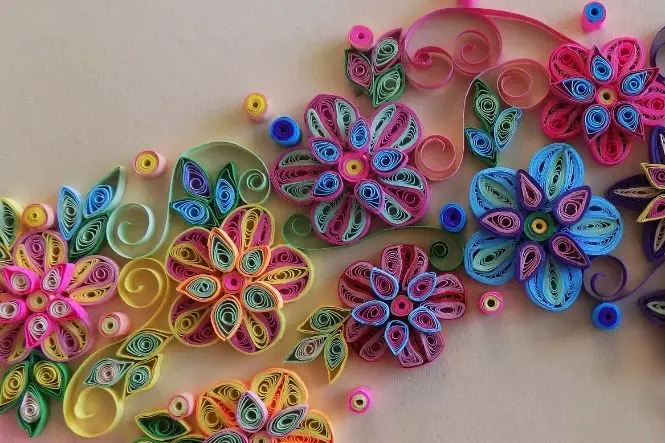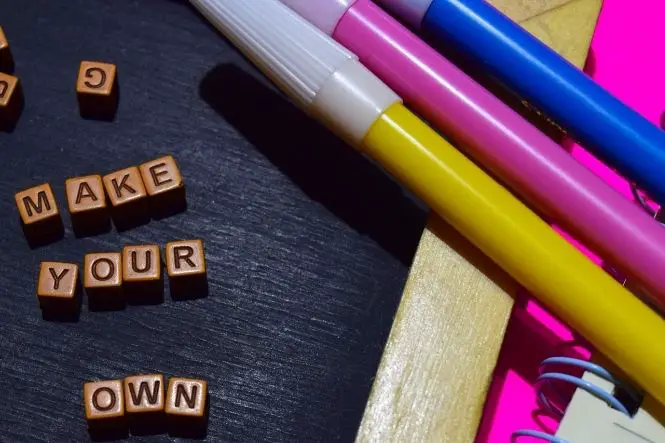Collage is often one of the first arts and crafts that children attempt. Universally loved, the craft’s name is derived from the French word ‘coller’, which means ‘to stick’. Collage was first seen in ancient China when paper became a commonly used item. It was later adopted as a form of arts and crafts used in church murals and modern art. Collage now occupies pole position amongst the plethora of crafts for kids.
Collage describes the process of sticking a variety of materials to a base of paper to create a piece of art. Among all the crafts for kids on offer, it’s the most accessible skill for younger children. If pre-schoolers haven’t yet perfected scissor skills, collage can be as simple as tearing and gluing pieces of paper to create the end result.
Using the Right Glue
For younger children, the best glue to use is a glue stick, it’s less messy and easier for them to control. Older children may prefer to use PVA, this is better for more heavy duty sticking. PVA glue is an opaque white substance but when it dries it becomes clear and invisible. Any glue used in crafts for kids must be non-toxic and child-friendly.
Any Old Material
Collage is an inexpensive craft. Recycled materials make the most effective ingredients for collage work and the possibilities are limitless.
The traditional requirement for collage is obviously paper and card. Keep a stash of old newspapers and magazines. Toy catalogues are very popular with younger children. Pre-school children also enjoy working with tissue paper, which is easily torn. Another good source of material is old greetings cards, kids will be able to find some fabulous images and motifs to use in their own work.
Look in the kitchen; it’s a bottomless source of inspiration for crafts for kids. Children will be drawn to any bright packaging, foil and paper. You could try food as a material, for example lentils, seeds or crushed eggshell. This is a fascinating and exciting medium for kids to work with.
There’s bound to be lots of useful things around the house. Items like cotton wool, glitter, old strands of yarn, ribbon and scraps of fabric will provide plenty of variety and texture.
The most plentiful and cheapest source of materials for crafts for kids is the natural world. There is no limit to the things kids can make use of. Armed with a small bag, their imagination runs riot outdoors, in Nature’s free craft cupboard. Things to look out for include items like twigs, leaves, feathers and flowers.
The simplest form of collage uses stickers. This activity is always popular with kids. Look out for cheaper stickers in bargain stores. However, stickers are an expensive way to create a collage, especially if children use stickers depicting popular film or TV characters. Another popular product is packets of variously shaped pieces of foam which can create some interesting effects.
A Wealth of Ideas
Collage is the ideal way for kids to create mosaics. Draw a design on a thick piece of paper or card. Make sure the young artist has access to shreds of bright tissue in a rainbow of colours. The child can now create their own mosaic. For an abstract design, use a random series of swirls to create interesting patterns.
Animal collages are a winning pre-school craft. Start with the simple outline of a sheep or a chick. If tissue paper is being used, roll up small scraps into tiny balls and apply to the picture with PVA glue. Kids seem to love this activity. Cotton wool or feathers can be used to add lots of texture. The same principle creates a multi-coloured snake with scales of tissue paper and foil.
Collages make prefect decorations for homemade cards, calendars, photo frames or place mats. There is no limit to the ideas that use collage!
Use the treasure trove of a child’s imagination as a springboard for crafts; ask them what ideas an item inspires. Collage exercises kids’ impressive abilities to create something new and special from commonplace materials.







